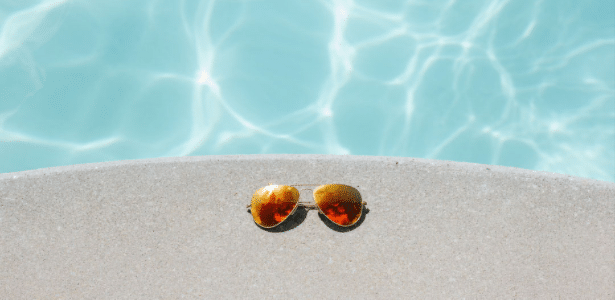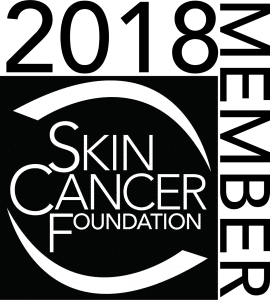One in five Americans will develop some form of skin cancer before the age of 70. While we all enjoy being outdoors during this fun and relaxing time of year, dermatologists are compelled to encourage our patients to practice sun safety in order to reduce the health risks associated with the summer sun. While the most common forms of skin cancer can be cured with surgery, some forms of skin cancer, such as melanoma, can be deadly.
There are a number of critical steps that can be taken to protect oneself from the sun’s damaging rays during these summer months.
Steps to follow:
- Your sunscreen should have an SPF of 30 or higher, should be water resistant and provide broad-spectrum coverage.
- Apply sunscreen 15-20 minutes before going outside. It takes time for the sunscreen to fully absorb into the skin.
- Use One (1) ounce (approximately one full shot glass) of sunscreen. One ounce is needed to cover all exposed areas of the body.
- Just because you apply a higher SPF, it doesn’t mean you can stay in the sun longer or reapply less often.
- Toss your sunscreen after a year. Expired lotion doesn’t provide proper protection because the chemicals become inactive over time.
- Don’t forget your ears, scalp, lips and the tops of your feet. These areas are very prone to sunburn and ultimately skin cancer.
- Use sunscreen specifically designed for the face. Your facial skin can be more sensitive to irritation and face sunscreens account for that.
- If using a spray sunscreen, remember to rub it in, and then spray again to ensure there are no missed spots.
- Use products containing zinc oxide and titanium oxide for sensitive skin. These ingredients are safest to use in young children and infants.
- Reapply every 80 minutes, even if you’re using a water-resistant formula. This is just as important as applying it initially.
- Wear protective clothing that is made with Ultraviolet Protection Factor (UPF) fabric. It indicates what fraction of the sun’s ultraviolet rays can penetrate the fabric. Many styles and types of fabrics are available that can be comfortable, look great and keep the skin protected.
- Look for wide-brimmed hats and high-quality sunglasses that block UVA and UVB rays.
In addition to these sun safety measures, check your skin every few months and see a dermatologist if you notice anything changing, growing or bleeding/not healing. Our professionals are dedicated to helping you remain active, vital, youthful and, above all, healthy.
































